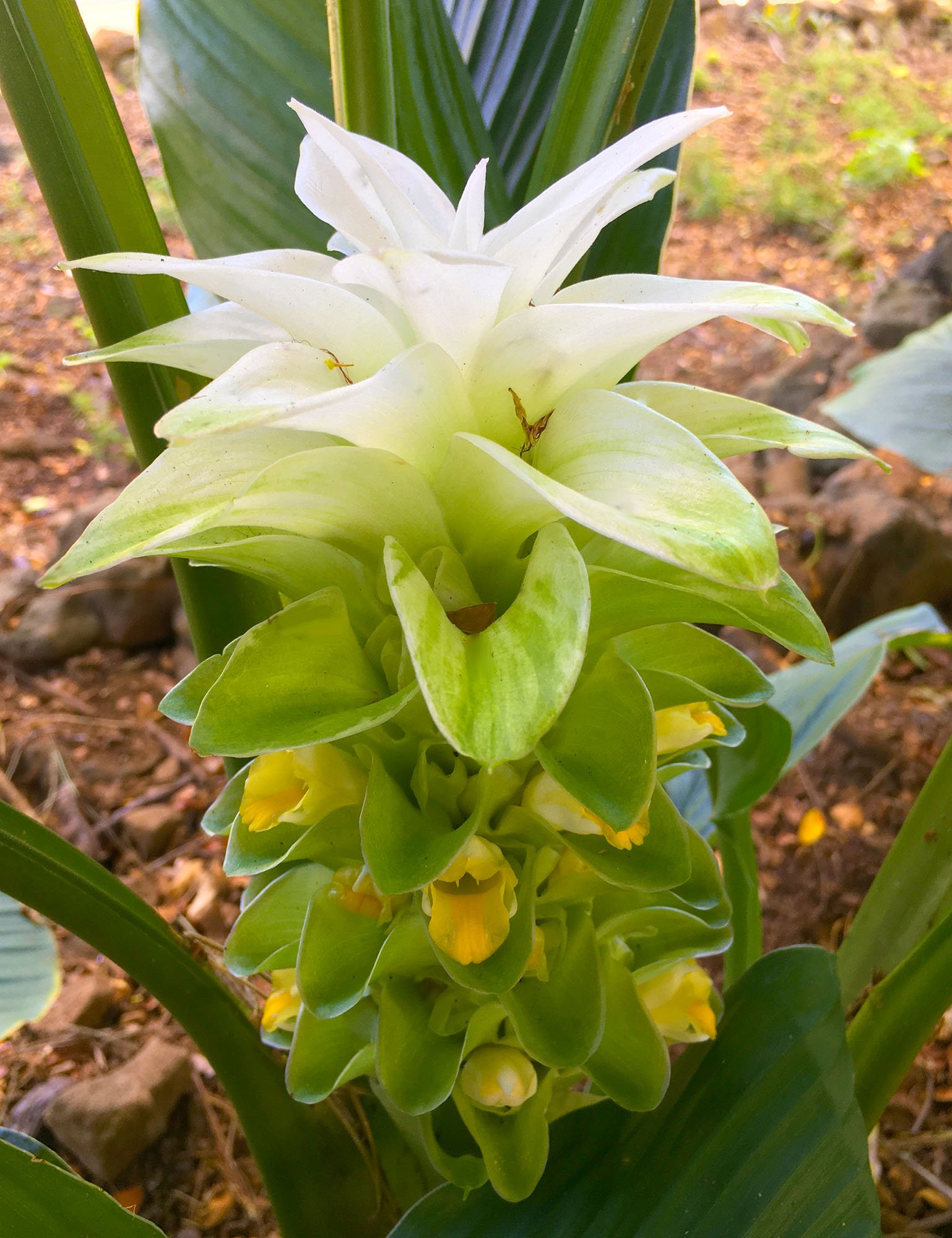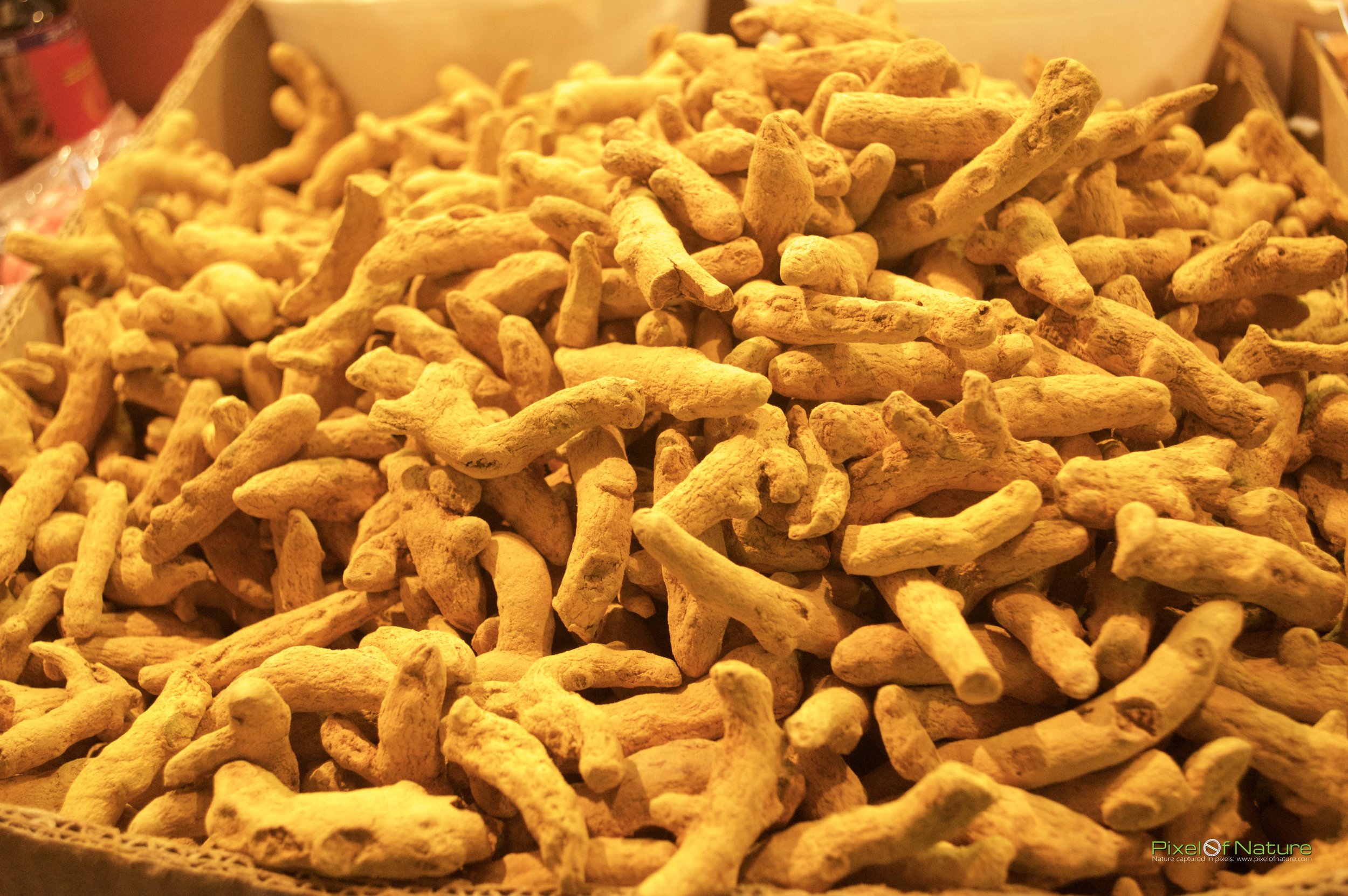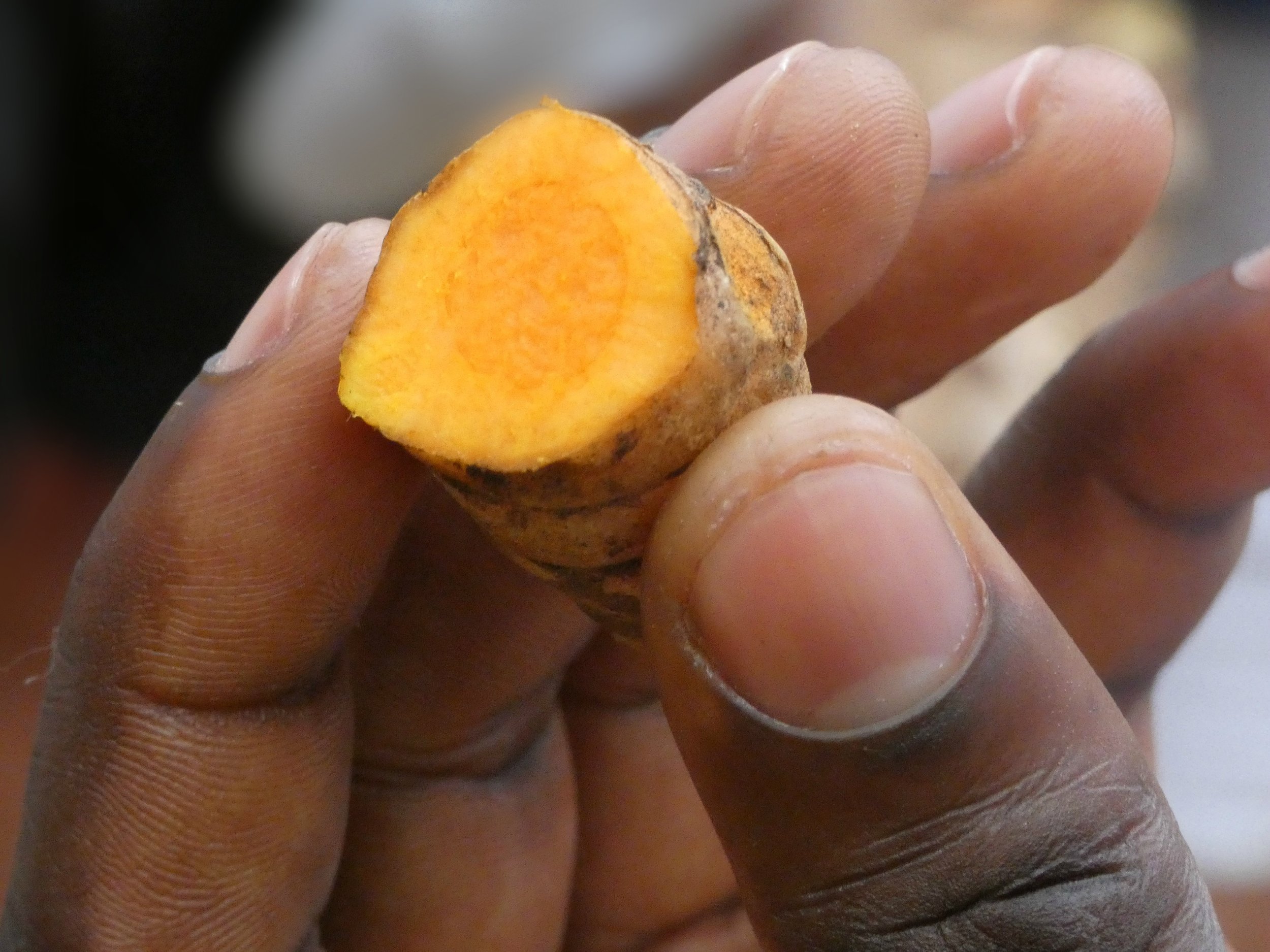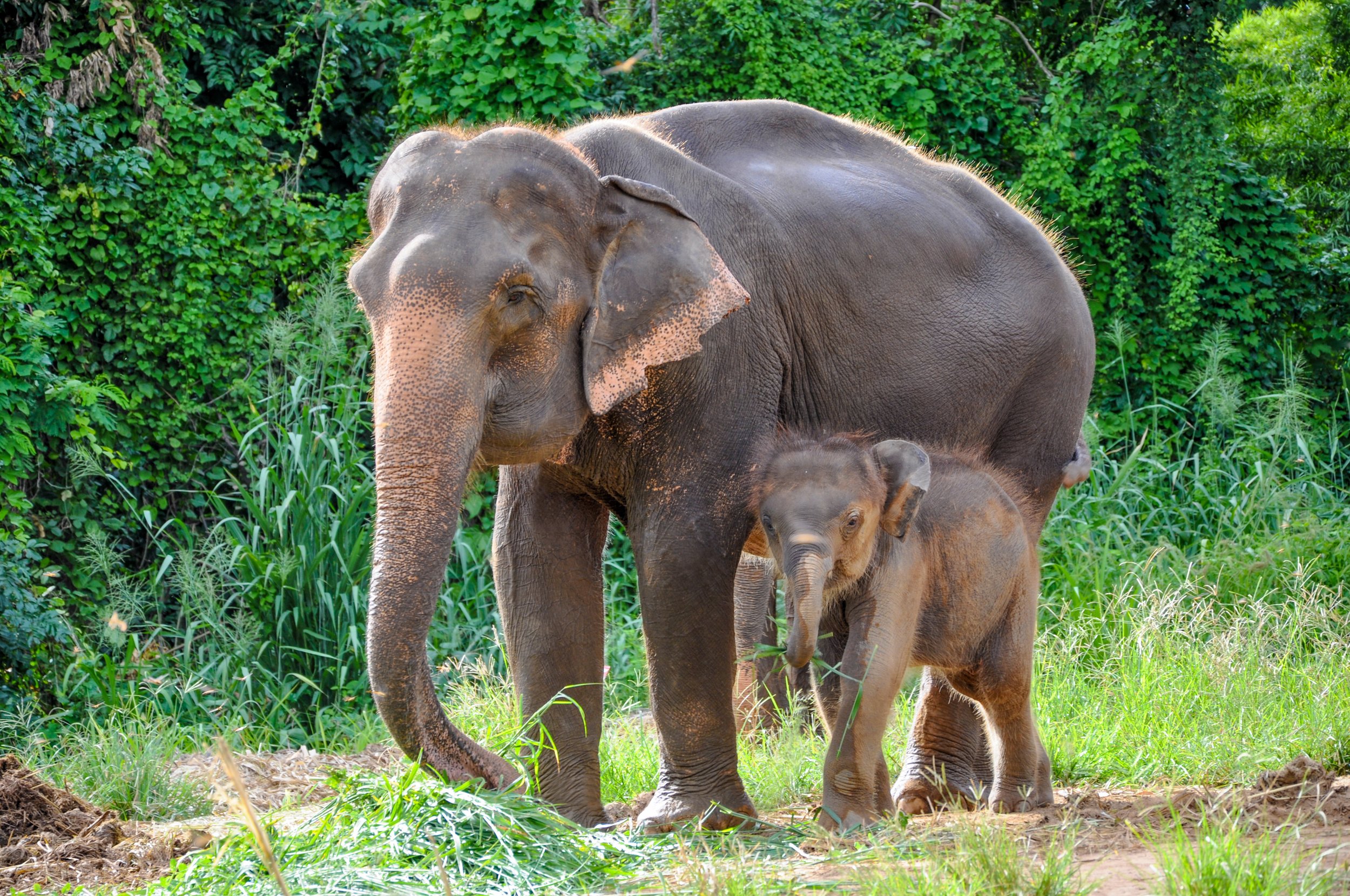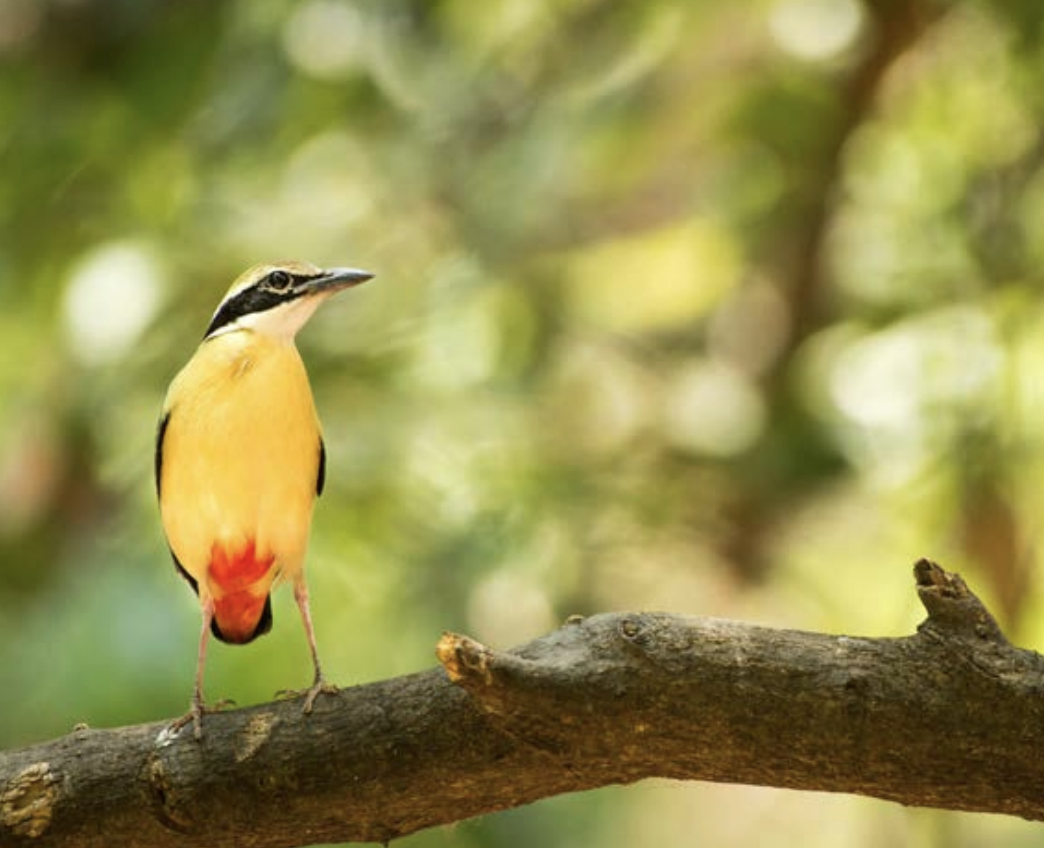Turmeric
The golden spice
Curcuma, also known as Turmeric comes originally from Southeast Asia, where it finds its roots in the fertile soils of countries like India, Indonesia, Thailand, and Vietnam. It is a tropical plant which grows in both tropical and subtropical regions thriving in temperatures between 20 to 35oC and in high annual rainfall.
It belongs to the Ginger family with a similar growth pattern. The perennial Turmeric plant can reach one meter in height and has large green leaves and yellow-orange flowers. But the plant's most valuable possession can be found underground where its tuberous roots provide the golden spice that has been used in a wide variety of ways.
With its earthy, aromatic and somewhat bitter flavor Turmeric is widely appreciated for its culinary purposes. In kitchens around the world, it lends its distinctive golden-orange color and flavor to curries, soups, and rice dishes. Although typically used in its dried, powdered form, Turmeric can also be used fresh, like Ginger.
India is the largest producer as well as the largest consumer of Turmeric in the world. In the state of Tamil Nadu, in South India, near fertile coastal plains, the city of Erode is known as the “yellow city” or “Turmeric city” and is the world’s largest producer of turmeric.
In India, Turmeric cultivation is done in two seasons from February to May and also from August to October. The roots are harvested after 7 to 10 months of growth when the leaves of the plant turn yellow and start drying. The rootstalks are usually picked by hand to avoid damaging the fragile roots and either used fresh or boiled in water and dried in the sun in what is called the curing stage, after which they are ground into a powder.
The spice contains an active ingredient called curcumin known for its anti-inflammatory and antioxidant properties making it a major component in traditional medicines across many cultures. Turmeric has also gained popularity in the West where consumers are increasingly asking for healthier functional ingredients. In line with this trend of "superfood", Turmeric has recently seen a revival in drink recipes and menus. It's not uncommon now in European cafés to enjoy a golden/Turmeric latte alongside your Açai bowl for breakfast!
Challenges in Turmeric supply chain
However, as demand for Turmeric grows globally, there are challenges. Turmeric is a plant that needs a lot of care. Only 5% of Turmeric varieties used in India are native species. In the quest for higher yields, farmers prefer using introduced varieties that are less resilient and require the use of highly toxic synthetic agrochemicals. These agrochemicals contribute to a decline in pollinators and other wildlife species,lead to the spread of invasive species, and degrade soil and water.
The surge in monoculture farming typical in Turmeric cultivation also constitutes a challenge because this type of farming can lead to habitat degradation threatening biodiversity and wildlife. Turmeric thrives in diverse ecosystems where various plant and animal species coexist, including Bengala tigers, Asian elephants, Bonnet macaques, migratory birds and many more.
Towards ethically sourced Turmeric
The UEBT standard can provide guidance to companies and their suppliers to define and implement approaches to biodiversity conservation and sustainable use. To facilitate this process, UEBT recommends companies adopt Biodiversity Action Plans as a strategic road map for businesses to contribute to reversing the loss of biodiversity. UEBT has recently published, with the support of GIZ a specific case study on Turmeric in Southeast Asia based on AVT McCormick's Biodiversity Action Plan.
This case study highlights the challenges in Turmeric supply chains and suggests possible actions to improve practices such as:
creating buffer zones to re-establish natural ecosystems dynamic and increase the biodiversity in the area, or
reducing the application of highly toxic agrochemicals by using resilient Turmeric plant varieties, naturally adapted to local conditions and also using organic alternatives to synthetic substances used.
UEBT/Rainforest Alliance Herbs and Spices Programme
UEBT and the Rainforest Alliance have developed a joint Herbs & Spices Certification Programme to assure that those natural raw materials are sourced with respect for people and biodiversity.
UEBT has among its members several companies that hold this UEBT/RA certification for Turmeric including: Symrise AG (Germany), Ancient India Organics and ITC Limited - Agri business division (India), Premium Spices (Madagascar), PT. Tripper Nature (Indonesia).
Learn more
Find out more about UEBT/Rainforest Alliance Programme: here or write to us at: herbsandspices@uebt.org
Find out more about UEBT Biodiversity Action Plans: here or write to us at: biodiversity@uebt.org

